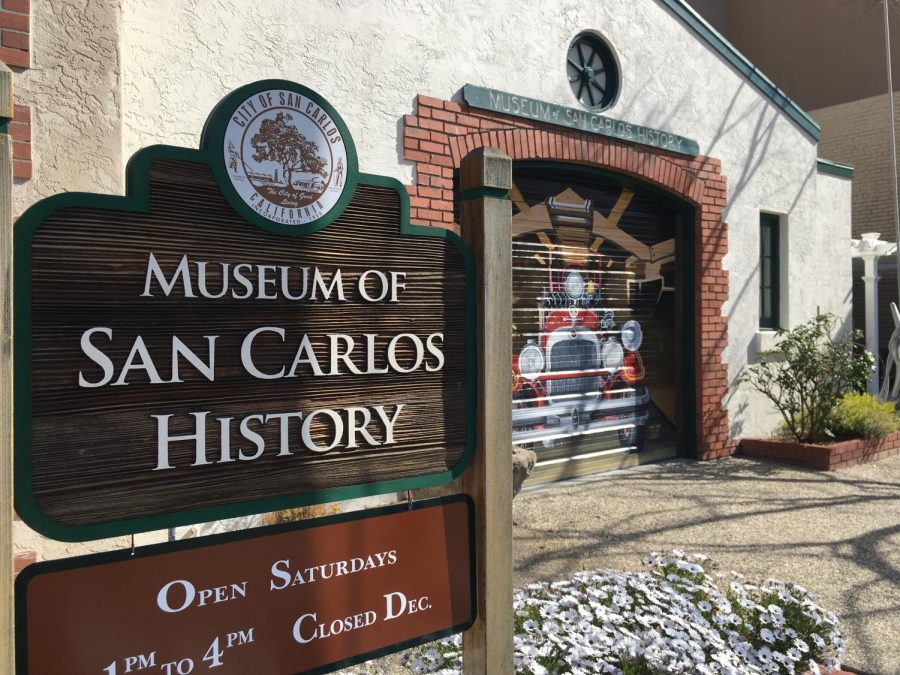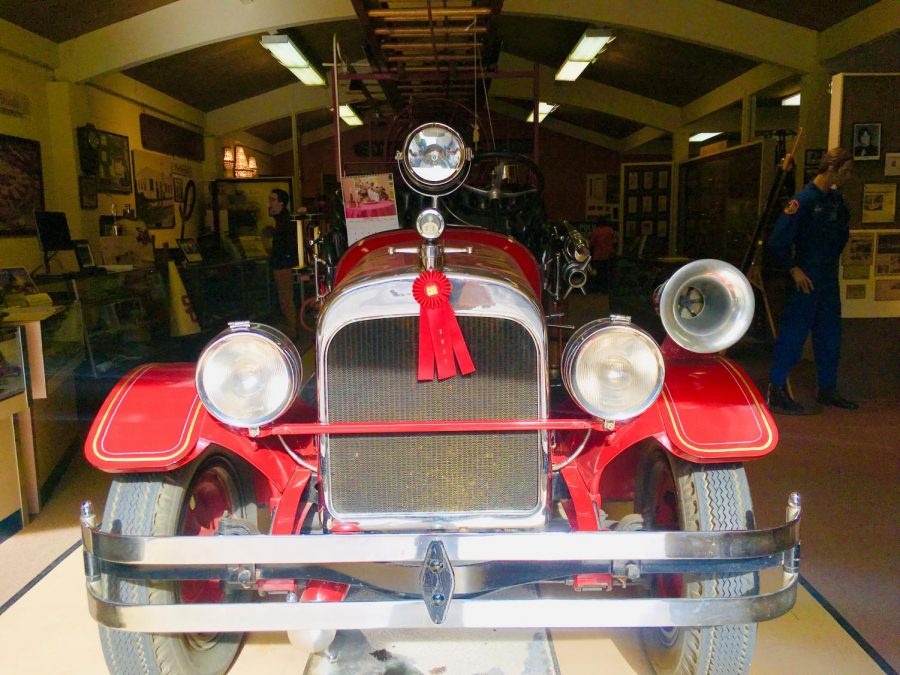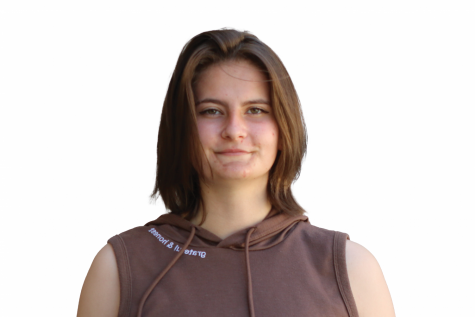When asked whether they think it is important to learn about their town’s history, student responses consisted of similar phrases.
“It’s semi-important,” said Maya Henry, a sophomore.
“I’m fine either way,” said Hailey Hamady, a junior.
“I have no strong desire to,” said Tess Rickson, a sophomore.
“It’s not the end of the world [if I don’t],” said Julia Wynne, a sophomore.
With busy schedules, hectic weekends, and simply a lack of interest, many high schoolers living in Belmont and San Carlos don’t have a chance to learn about the beginnings of their hometown.
And where would they go anyway? Sure, the library might have some information for those interested in studying for the town’s yearly Treasure Hunters competition, or perhaps an old shop on Laurel Street has some folks who still remember what it was like when the city was created.
Luckily, San Carlos residents have it easy.
Just down the road from the public library stands a small building, dwarfed by the looming frame of the fire station: the San Carlos History Museum.
The museum is jam-packed with a variety of miscellaneous historical items: a Babe Ruth jersey, a model of San Carlos-native astronaut Rex Walheim, police memorabilia, a collection of dolls created by a local artist, and much more.
“This museum was originally built to memorialize the history of our city. It is here to teach people where we’ve come from, where we’ve been, and how the city started,” said Sara Haller, the president of the San Carlos Villagers.
The Villagers began as a women’s social organization in 1949. They formed with the goal of collecting artifacts, photos, and memorabilia to safeguard the history of the city.
“We act as docents here at the museum, so we help guide people around the different exhibits and help them learn new things,” Haller said. “A majority of the time, the museum is run by volunteers, but grants from the city have also helped us maintain the building.”
Because the museum is non-profit, it is only open on Saturday afternoons, from 1 p.m. to 4 p.m. which means fewer people have the opportunity to visit. Still, according to Cynthia Coutchavlis, another member of the Villagers, the museum is more manageable this way.
“Having it open about once a week to the general public allows the docents more freedom, and isn’t as much of a commitment. However, we do offer field trip programs, where grade school students can visit the museum during the week,” Coutchavlis said.
Though the programs that Coutchavlis described are relatively new, several elementary schools such as Arundel Elementary have already visited the museum.
“The kids love the fire truck, and they are fascinated by old technology like the manual typewriter and the switchboard. In today’s society, very few children come in contact with these kinds of devices, so they are excited to see something new,” Coutchavlis said.
Both Haller and Coutchavlis believe that there are a lot of opportunities for students of all grades at the museum. According to Haller, having high school students working and volunteering at the museum would be of great assistance, and could possibly serve as an incentive to keep the building open longer.
“Having older students act as junior docents and working some of our big events will bring our community closer together. They can get community service, but also meet a lot of incredible people,” Haller said.
Whether to volunteer or to visit, Carlmont students have a prime resource at their disposal if they ever want to learn, participate, or work in the San Carlos community.
“As a Carlmont student, I see so much diversity here. Being in the middle of two towns is really special, and having such a perfect chance to learn about one is something that everyone should seize,” said Liana Feigelson, a junior.
























